Month: January 2024
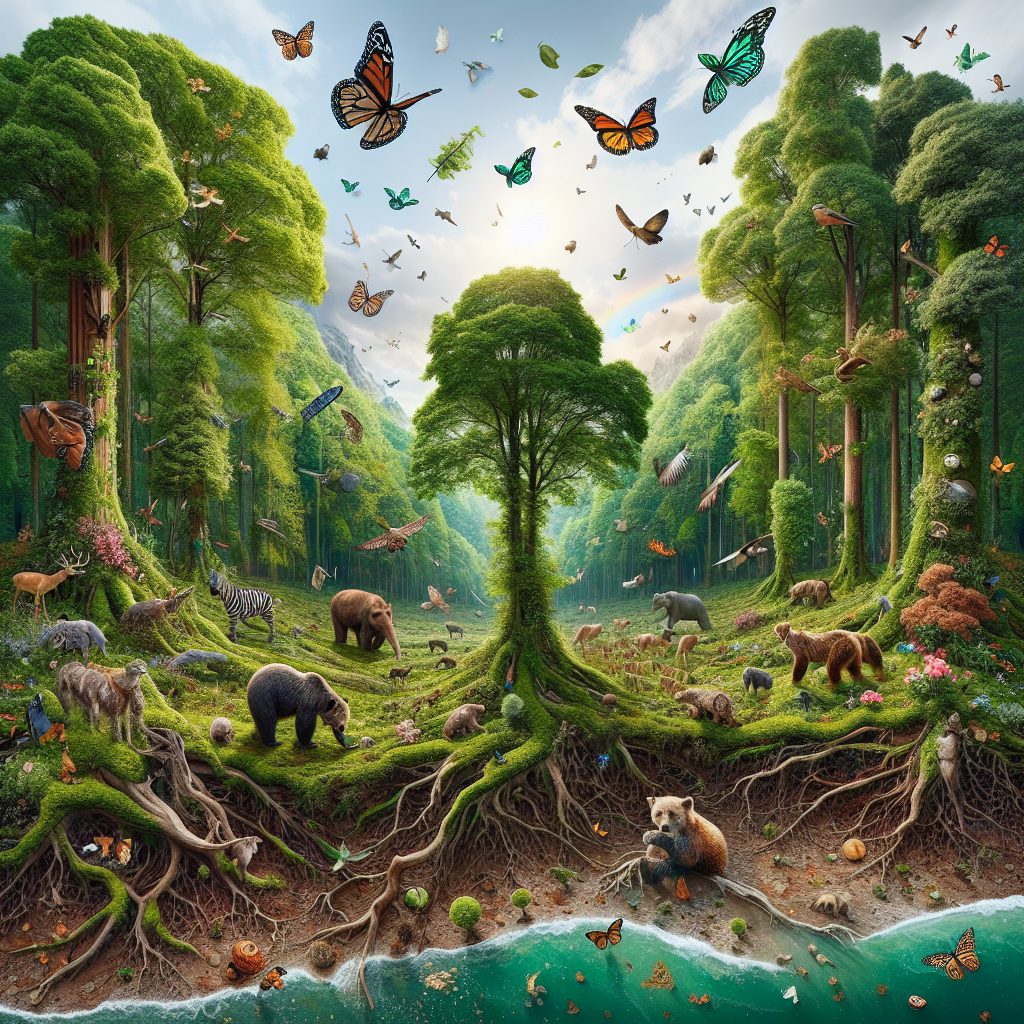
Forest Conservation and Climate Change
Forest conservation is essential for a healthy planet and a lasting environment. Climate change is a worldwide issue that is becoming a serious threat to the planet’s health, and it’s taking a toll on forests worldwide. Forests, as we know, are integral to both the global climate and the global…
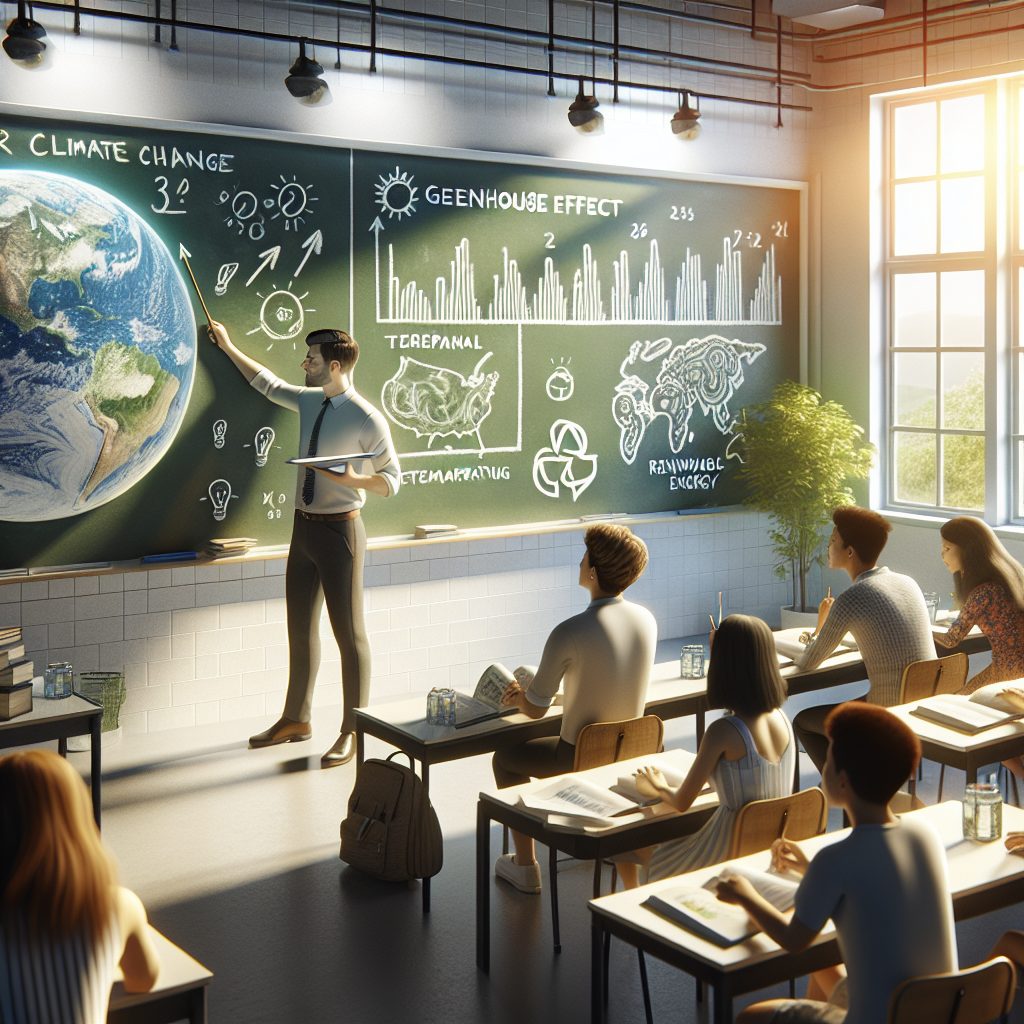
Climate Change Education
Climate change education is an important component of creating a resilient society against the impacts of climate change. With a growing cadre of research, evidence-based knowledge, and information, students need to understand the effects of climate change and the solutions necessary to mitigate and adapt to them. More than ever,…

Renewable Energy and Climate Change
Renewable energy is a key component to mitigating the threat of global climate change. It is energy that is either producednaturally or created from sustainable sources that can be replenished indefinitely such as solar, wind, geothermal, hydro and biofuels. This type of energy is abundant and can help reduce the…

Carbon Footprint
Carbon Footprint is a measure of the amount of carbon dioxide that is released into the atmosphere as a result of the activities of a particular individual or organisation. These activities include burning fossil fuels for energy and transportation, manufacturing, and deforestation. It is important to measure the amount of…

Climate Change Policy
Climate change is the current global environmental issue facing the world today. It is the result of the rising global average temperature resulting from the increase of greenhouse gas emissions into the atmosphere. Climate change has become an essential policy issue, due to its effects on our environment and economy.…

Carbon Sequestration
Carbon sequestration is a strategy for reducing the amount of carbon dioxide released into the atmosphere by capturing and storing it in long-term storage sites like the ocean, plants, forests, soils, marine systems, and geologic formations. The idea is that if carbon dioxide can be kept out of the atmosphere,…
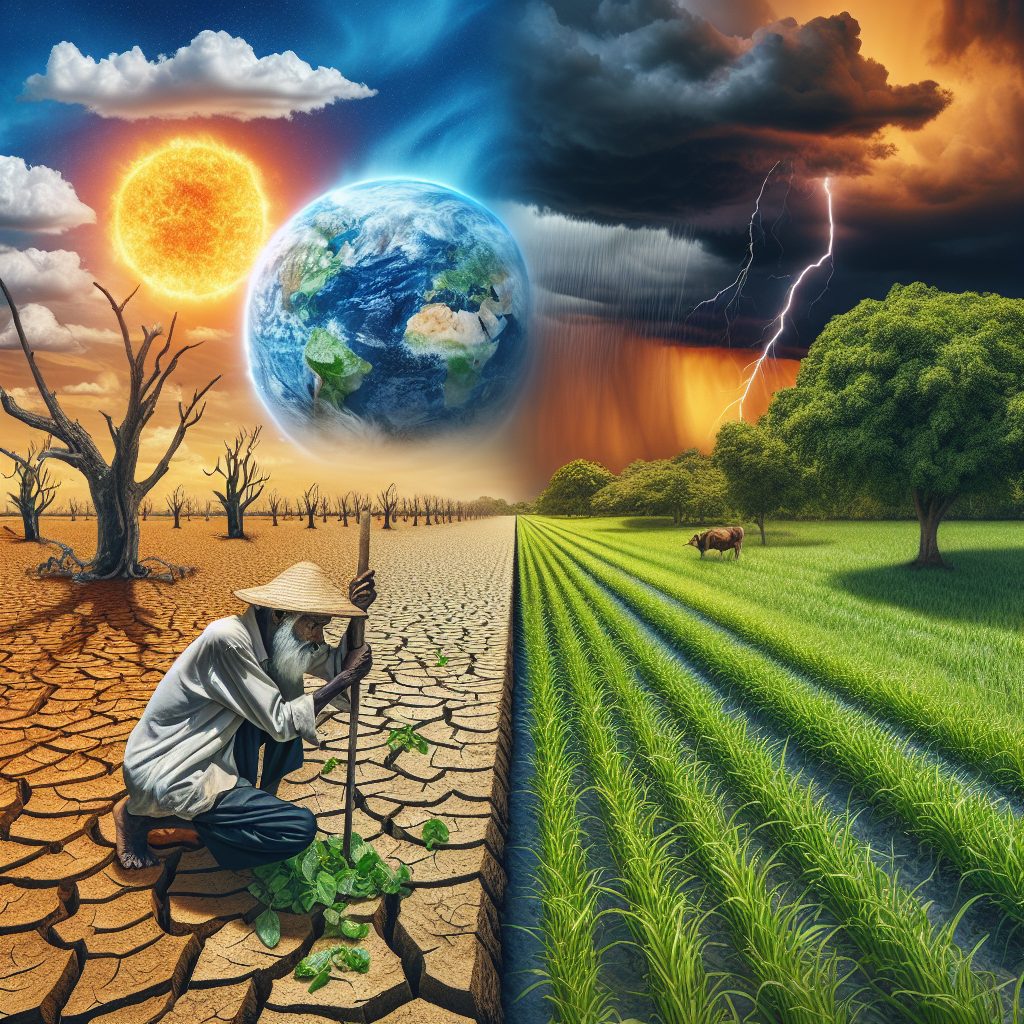
Climate Change and Agriculture
Climate Change is a major global issue that affects the environment, human livelihood and nature. It is a long term trend of shifting temperatures, weather, and patterns of precipitation that has been challenging agricultural production all over the world. The dramatic changes in climate leads to destruction not only of…

Climate Change and Public Health
Climate change is having a significant impact on public health. Rising global temperatures, increasing flooding and changing precipitation patterns are all leading to the spread of infectious diseases, rising air pollution, and putting more people in harm’s way from extreme weather events. The effects of this phenomenon are far reaching,…

Climate Change and Water Scarcity
Climate Change and water scarcity are two very important global issues that have been affecting our planet and its inhabitants for the past decades. As the temperature of the Earth is rising due to climate change, the impact of these changes have been felt in many parts of the world,…

Common Allergens
Common allergens, substances which are foreign to the immune system and those who are allergic to them, are found in everyday objects and substances, including foods, dust, and pollen. They can cause a range of reactions, from a mild sneeze or itch to a severe anaphylactic reaction. Knowing the most…
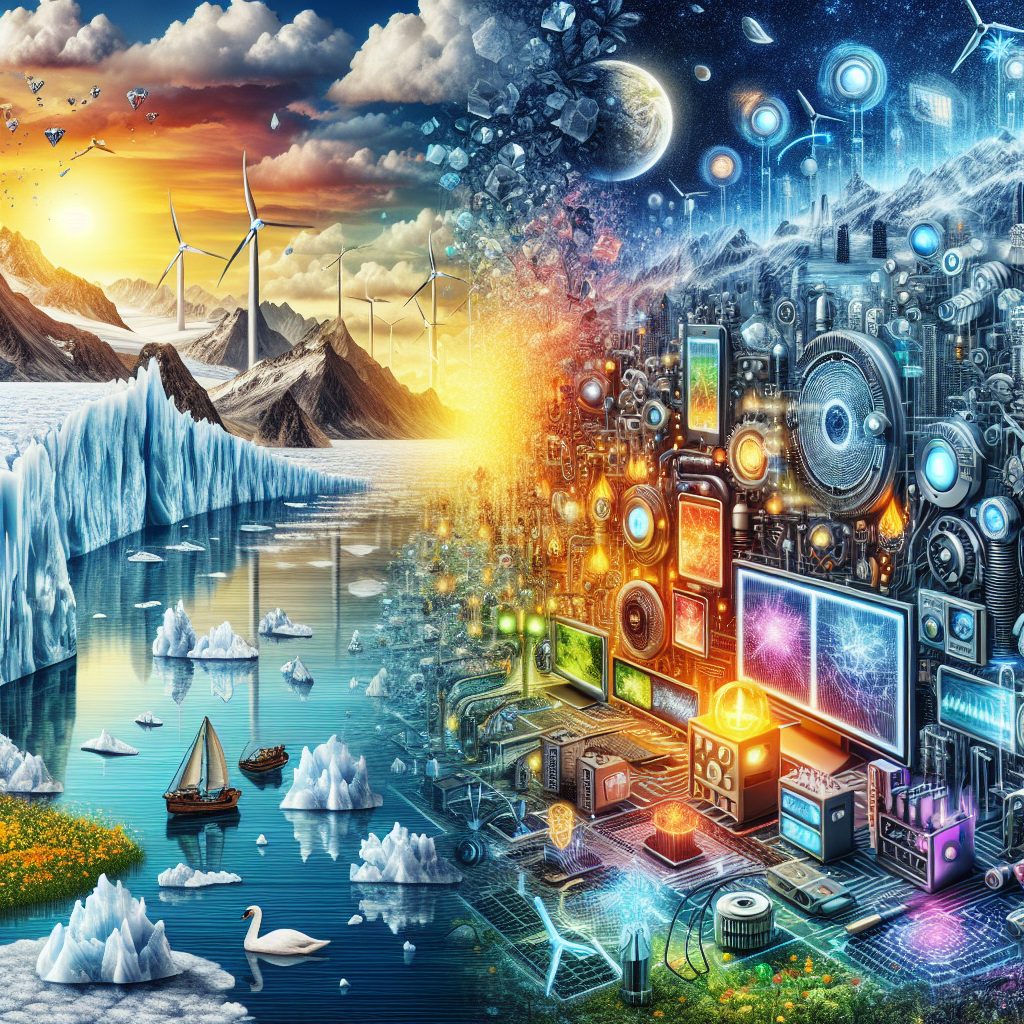
Climate Change and Technology Innovation
Climate change and technology innovation are two interrelated concepts. Both are integral elements of the long-term, global economic and ecological sustainability conversation. It is becoming increasingly clear that technology advances need to be made to limit both climate change and its indirect impacts, such as inequality and poverty. Innovations that…

Allergens in the Workplace
Recent times have seen an increase in allergies around the world and with more employees spending their time in the workplace, allergens have now become a common concern among employers. Allergens in the workplace, such as pollen, dust, animal fur, mold, and even certain chemicals, can significantly affect an individual’s…

Indoor Allergens
Indoor allergens are a common cause of allergies and respiratory problems. These allergens can be found in many places, including homes, offices, and places where animals are kept. The most common indoor allergens are dust mites, pet dander, mold spores, and pollen, which can come from pets, upholstery, and other…

Climate Change Mitigation
Climate Change Mitigation is a set of strategies, processes, or activities intended to reduce the impacts of climate change. These strategies can vary from the adoption of clean energy technologies to the use of zoning and land-use policies. They have the potential to reduce emissions of greenhouse gases, combat global…
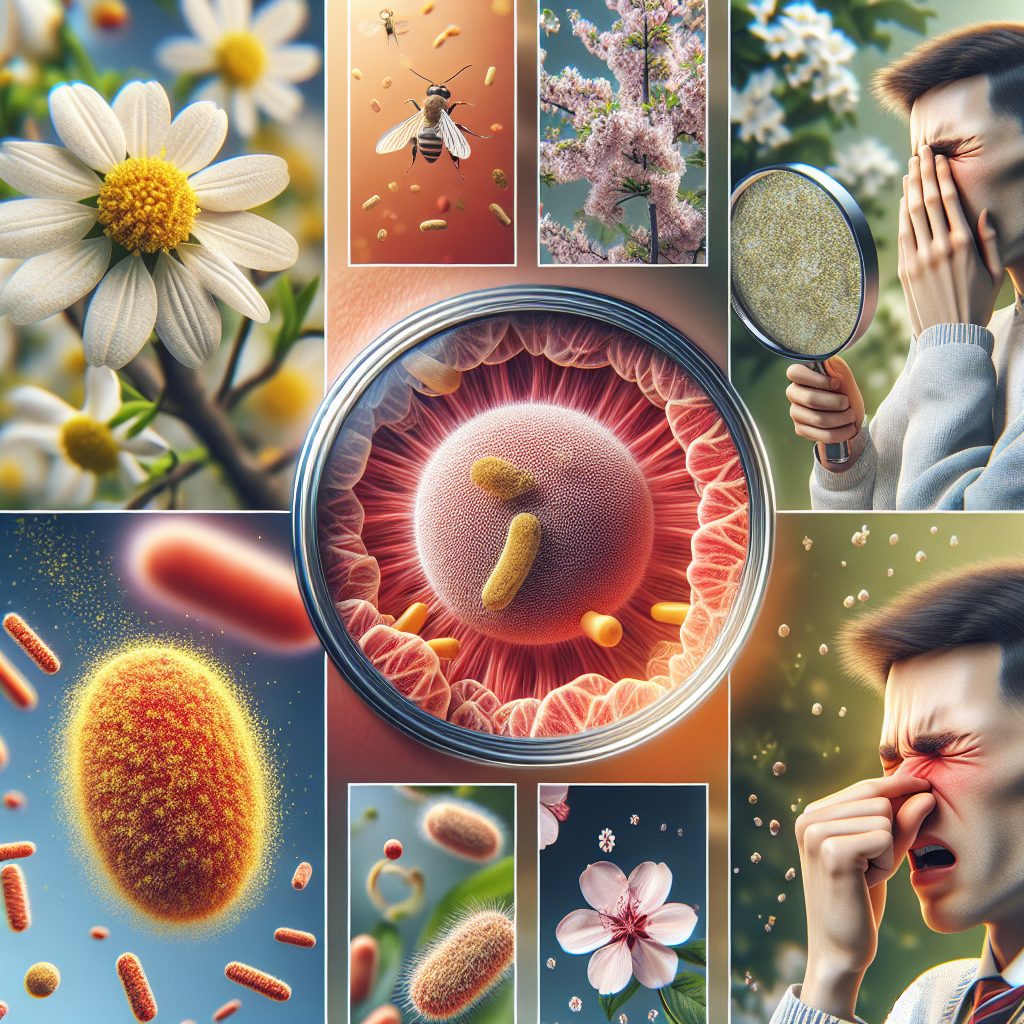
Seasonal Allergens
Paragraph 1: Seasonal Allergens, also known as hay fever or seasonal allergic rhinitis, is a far-reaching condition characterized by nasal congestion, itchy eyes, and other irritating symptoms. It’s triggered by allergens such as pollen from trees, grass, and weeds that are released into the air during spring and summer. Those…
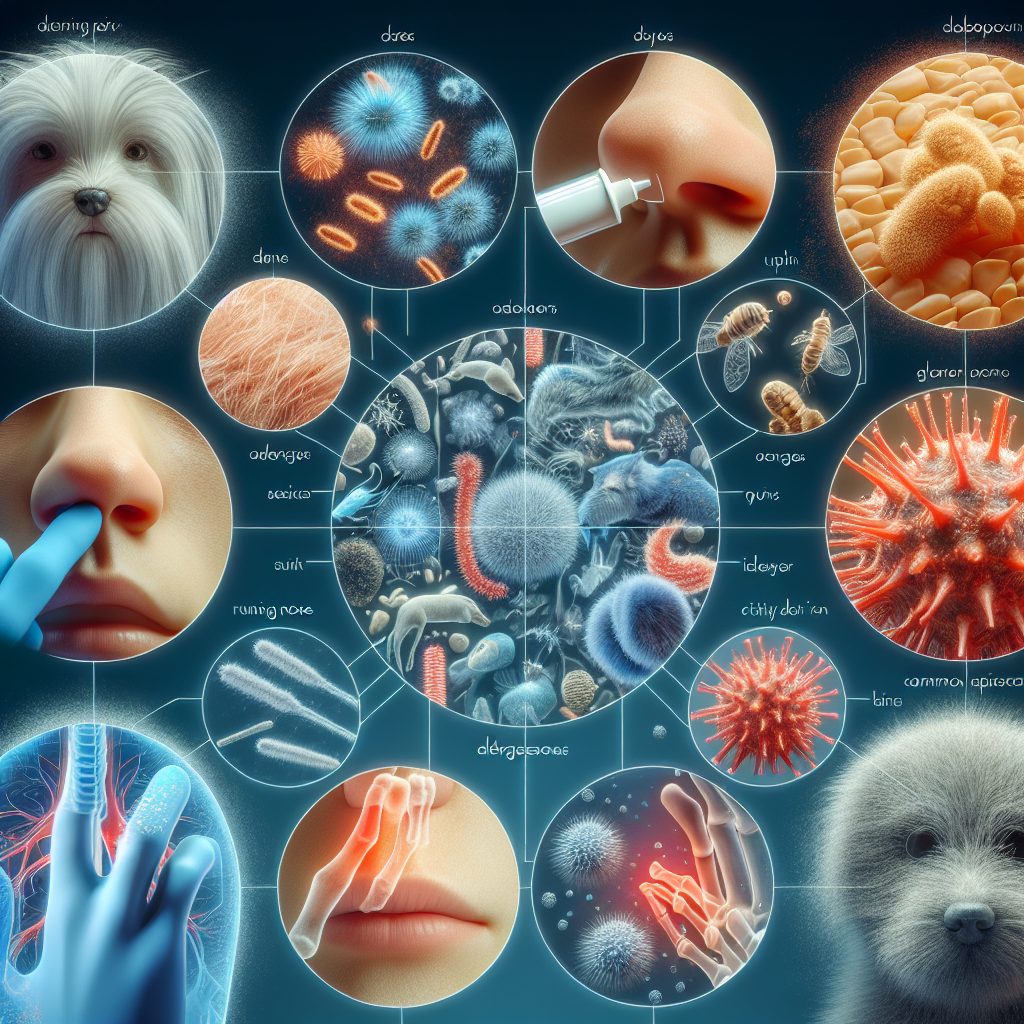
Pet Allergens
Pet Allergens have been known to cause severe allergies in humans leading to a variety of health complications. Allergens from pets can come from their dander, saliva, and urine or any other bodily secretions. Most pet allergens, especially cat and dog allergens, are considered airborne and can be found in…
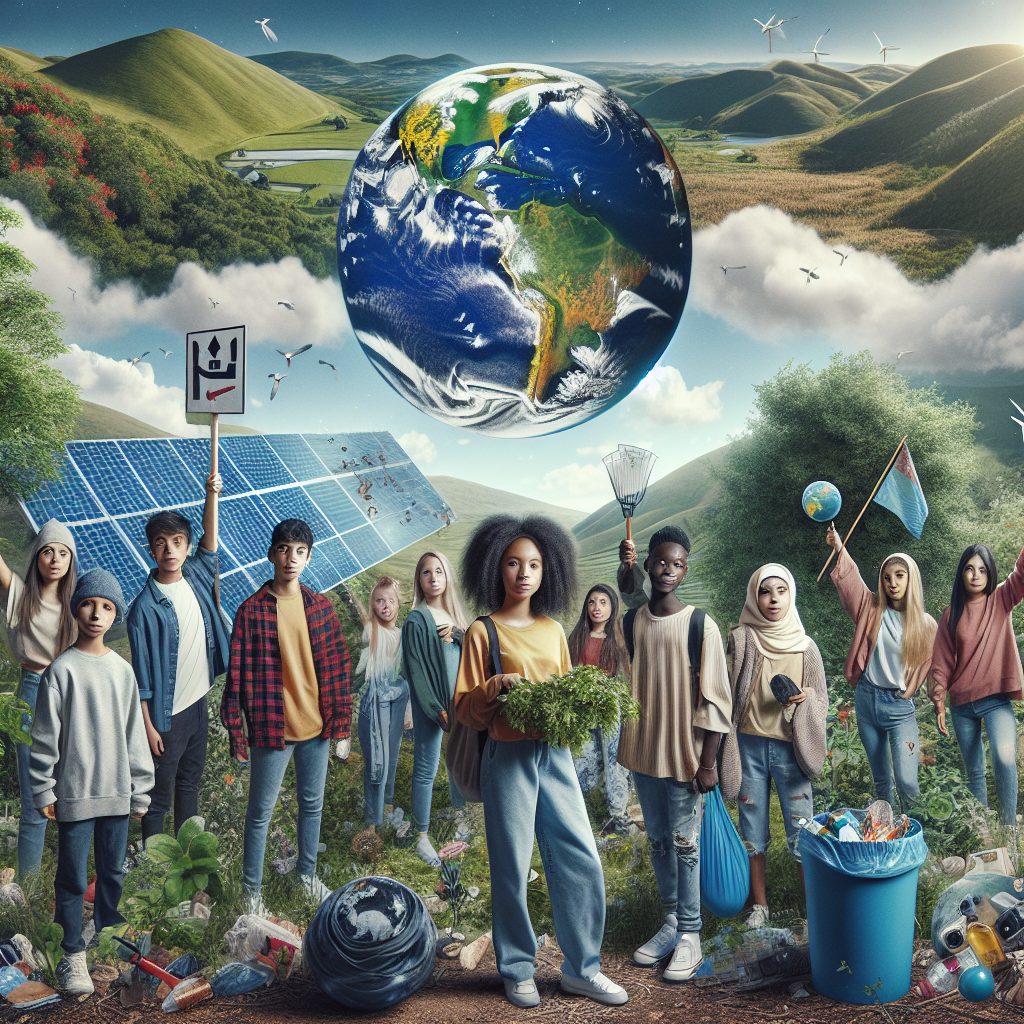
Youth Activism and Climate Change
In today’s world, youth activism has emerged as a powerful force for social change, particularly when it comes to the issue of climate change. As global temperatures rise, hurricanes, floods, droughts, and wildfires have become increasingly common, and the effects of climate change are becoming more visible every day. As…
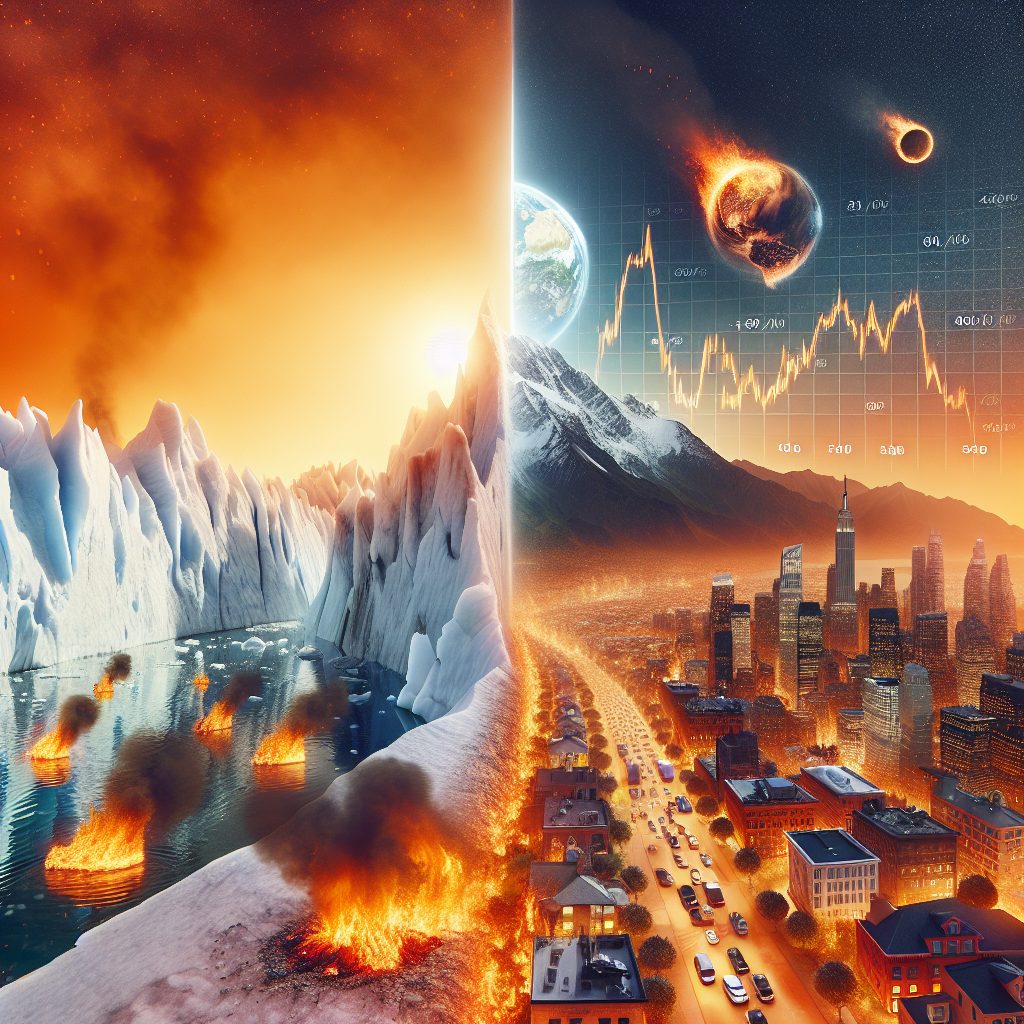
Climate Change and Economic Impact
Climate Change is an inevitable issue that the world is facing right now. It is not only an environmental issue but there are many economic implications that come with it. As the weather patterns change, the cost of economic activities such as agriculture, energy, and infrastructure tend to increase. In…

Outdoor Allergens
Outdoor allergens are common triggers of allergic reactions in people who are sensitive to them. These allergens can come from animals, plants, grasses, trees, pollen, ragweed, and other non-living elements such as dust, dirt, and mold. Those suffering from allergic reactions to these allergens may experience a range of reactions,…
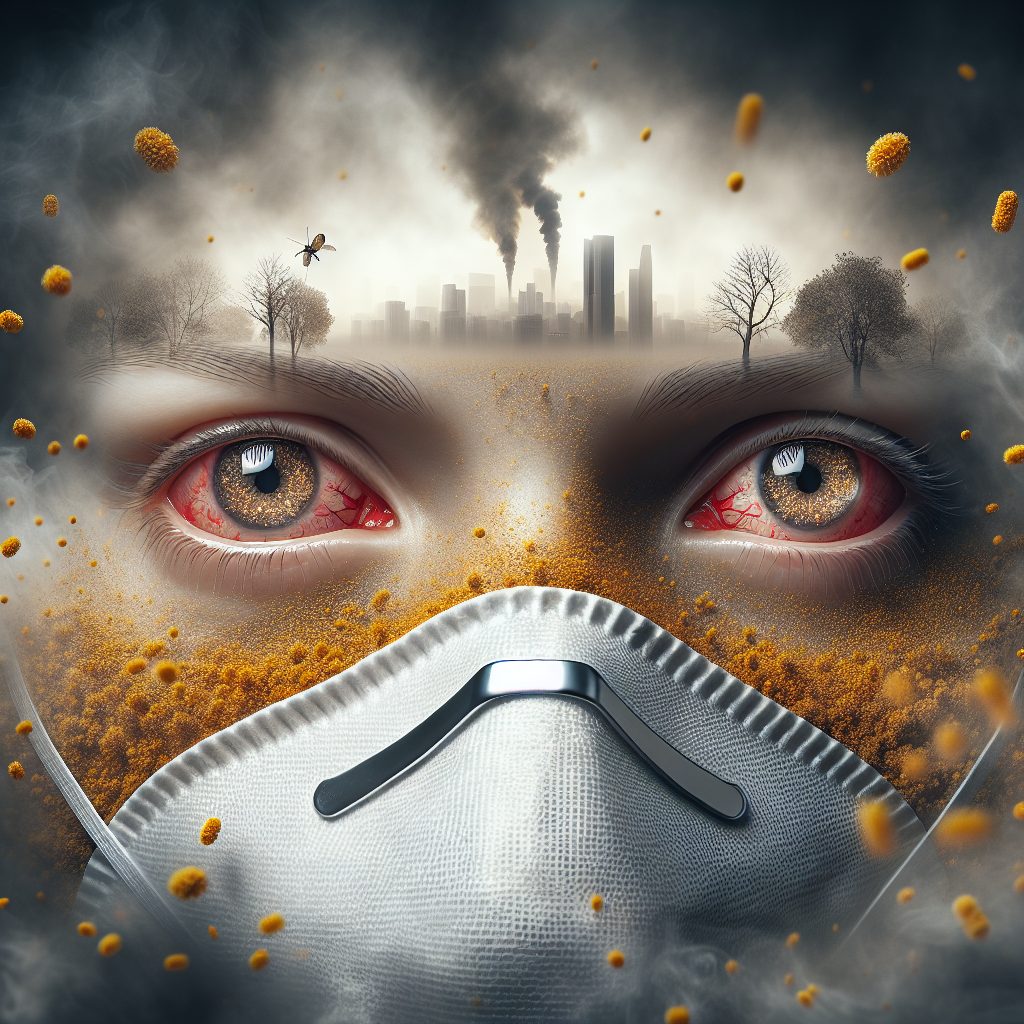
Allergies and Air Quality
Allergies and air quality are closely related, and this affects individuals who suffer from allergies and hay fever on a day-to-day basis. Pollen, mold and other allergens are released in the air and can cause uncomfortable symptoms such as sneezing, congestion, and itchy and watery eyes. Air pollutants from industrial…
